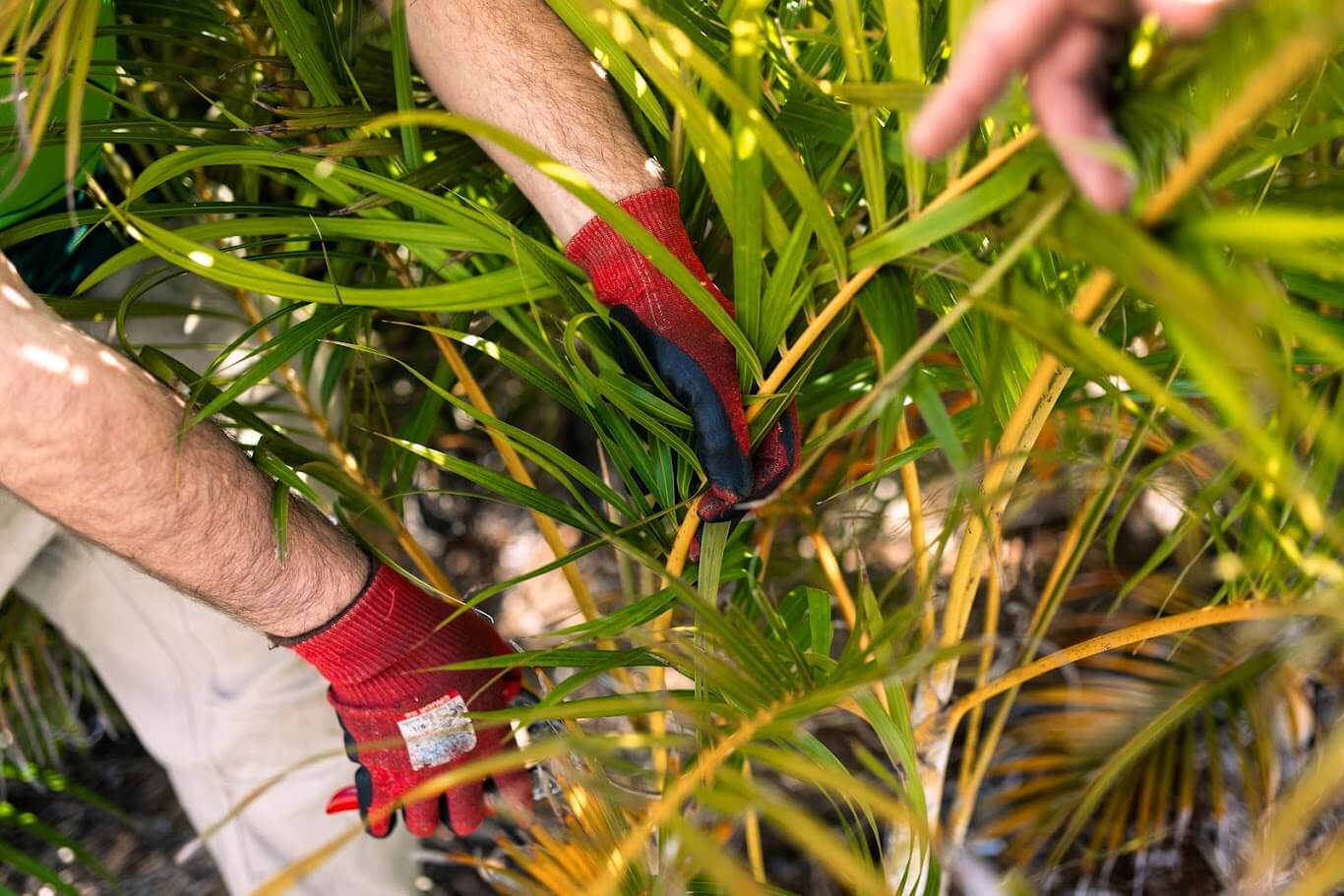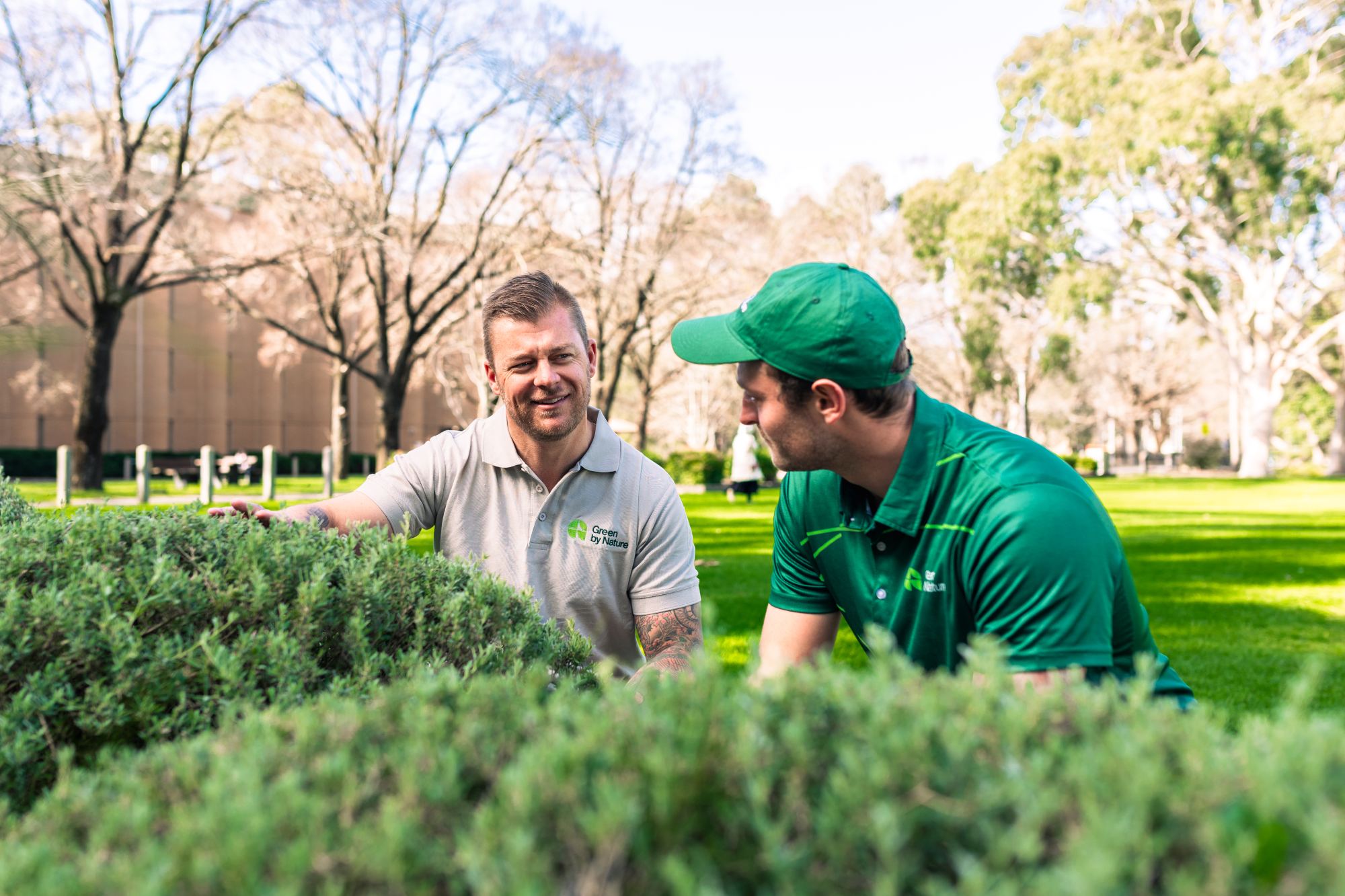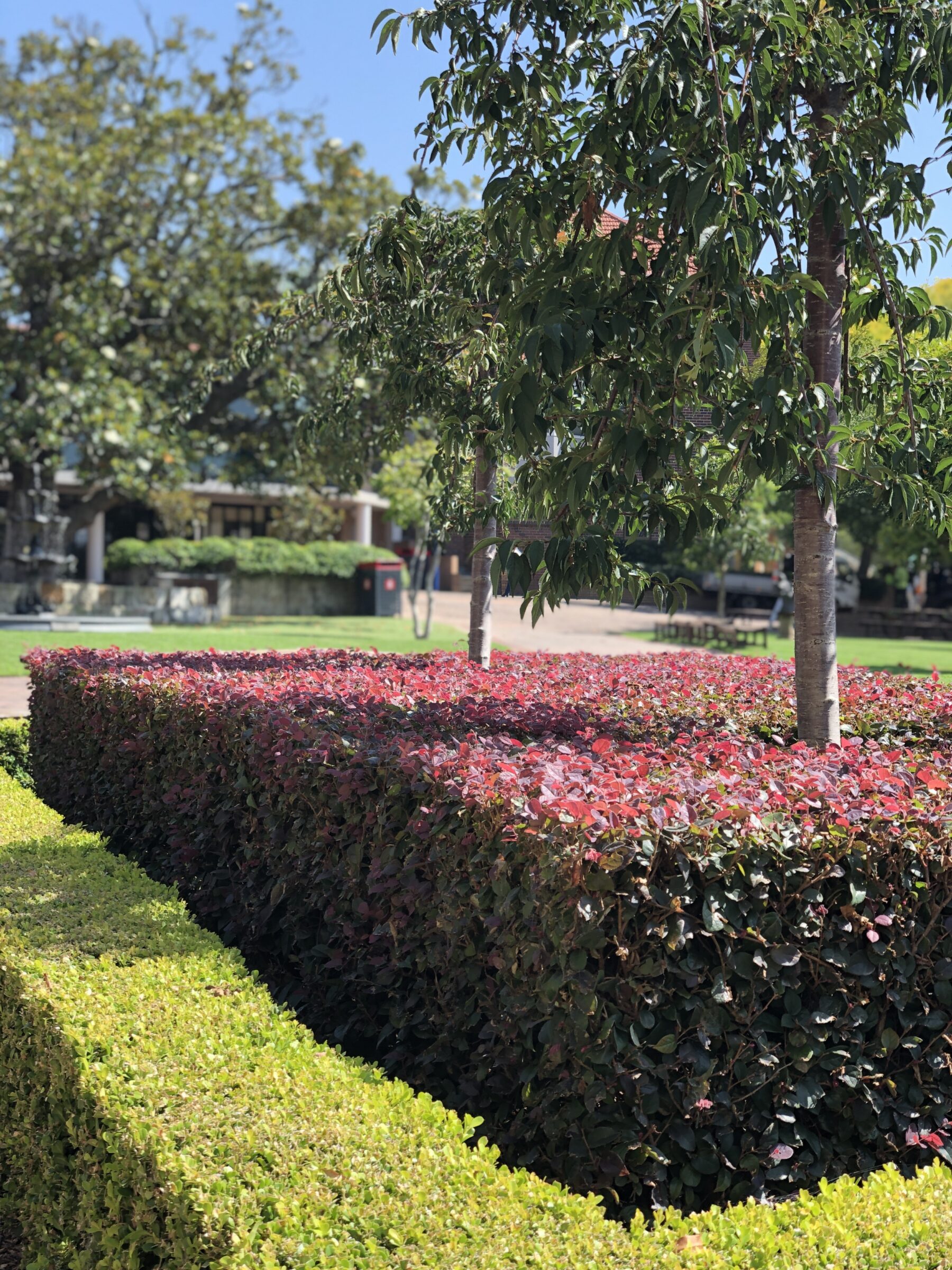The commercial landscaping sector in Australia and New Zealand is undergoing a significant transformation in 2025. Businesses and property managers are increasingly focused on creating sustainable, functional, and wellness-oriented outdoor spaces. Whether for a new commercial development or retrofitting an existing property, understanding these emerging trends is crucial for creating valuable and environmentally responsible landscapes.
The Rise of Eco-Conscious Commercial Landscaping
Sustainability is no longer a niche consideration but a core principle in modern commercial landscape design. Businesses are embracing eco-friendly practices to reduce water consumption, support local ecosystems, and minimise their environmental footprint. This shift reflects a growing awareness of the corporate social responsibility to enhance biodiversity, conserve water resources, and build climate resilience.
Native and Climate-Resilient Planting
The integration of native and climate-resilient plants is at the forefront of this sustainable movement. In Australia, this means a focus on drought-tolerant species that can withstand harsh summer conditions, while in New Zealand, the emphasis is on native grasses and shrubs that thrive in local microclimates. These plants require less irrigation, fewer fertilisers, and minimal maintenance compared to exotic ornamentals, leading to significant long-term cost savings for commercial properties.
Research from various sources, including government bodies and universities in both countries, consistently demonstrates that using native plants in landscaping significantly enhances local biodiversity. Properties featuring native flora support much higher populations of native pollinators, insects, and bird species, contributing to the ecological health of the surrounding area.
Professional Expertise and Technological Innovation
Achieving a truly sustainable and functional commercial landscape requires specialised expertise. Professional landscape architects and contractors in Australia and New Zealand bring invaluable knowledge of regional climate patterns, native species, soil management, and water-wise design principles. They are also well-versed in local council regulations and compliance requirements, ensuring that projects are not only beautiful but also legally sound.
Smart Technology in Landscape Management
Today’s commercial landscaping professionals are integrating cutting-edge technology to optimise maintenance and reduce resource consumption
Furthermore, the industry is seeing a rapid shift towards battery-powered and robotic equipment. Electric mowers, blowers, and trimmers reduce noise pollution and carbon emissions, which is particularly important for commercial properties in urban areas. Robotic mowers are also gaining traction for maintaining large turf areas, offering a cost-effective and autonomous solution.
Outdoor Amenity Spaces: The New Standard for Commercial Properties
The concept of the workplace is evolving, and with it, the role of outdoor spaces. Businesses are investing in high-quality outdoor amenity areas that serve as an extension of the indoor environment. These spaces are designed to enhance employee well-being, foster collaboration, and provide a connection to nature.
Functional and Biophilic Design
Modern commercial landscapes often feature a variety of functional zones, including outdoor meeting areas, dining spaces, and quiet zones for relaxation. These spaces are designed with biophilic principles in mind, incorporating natural materials, living walls, and abundant greenery to create a calming and restorative atmosphere.
Biophilic design has been shown to have a positive impact on employee productivity, creativity, and overall well-being. By creating a strong connection to nature, businesses can improve employee satisfaction and retention, making the workplace a more attractive and desirable place to be.
Biodiversity and Habitat Creation
Beyond aesthetics and functionality, there is a growing emphasis on creating landscapes that actively support biodiversity. This includes the creation of pollinator-friendly gardens, the installation of insect hotels and bird boxes, and the preservation of existing natural habitats.
By incorporating these elements into their landscapes, businesses can make a tangible contribution to local conservation efforts. This not only benefits the environment but also enhances the company’s reputation as a socially and environmentally responsible organisation.
The Future of Commercial Landscaping
The commercial landscaping trends of 2025-2026 reflect a fundamental shift towards more sustainable, technologically advanced, and human-centred design. By embracing these trends, businesses in Australia and New Zealand can create outdoor spaces that are not only visually appealing but also deliver a wide range of economic, social, and environmental benefits.
Contact us today to discuss trend or your next project



